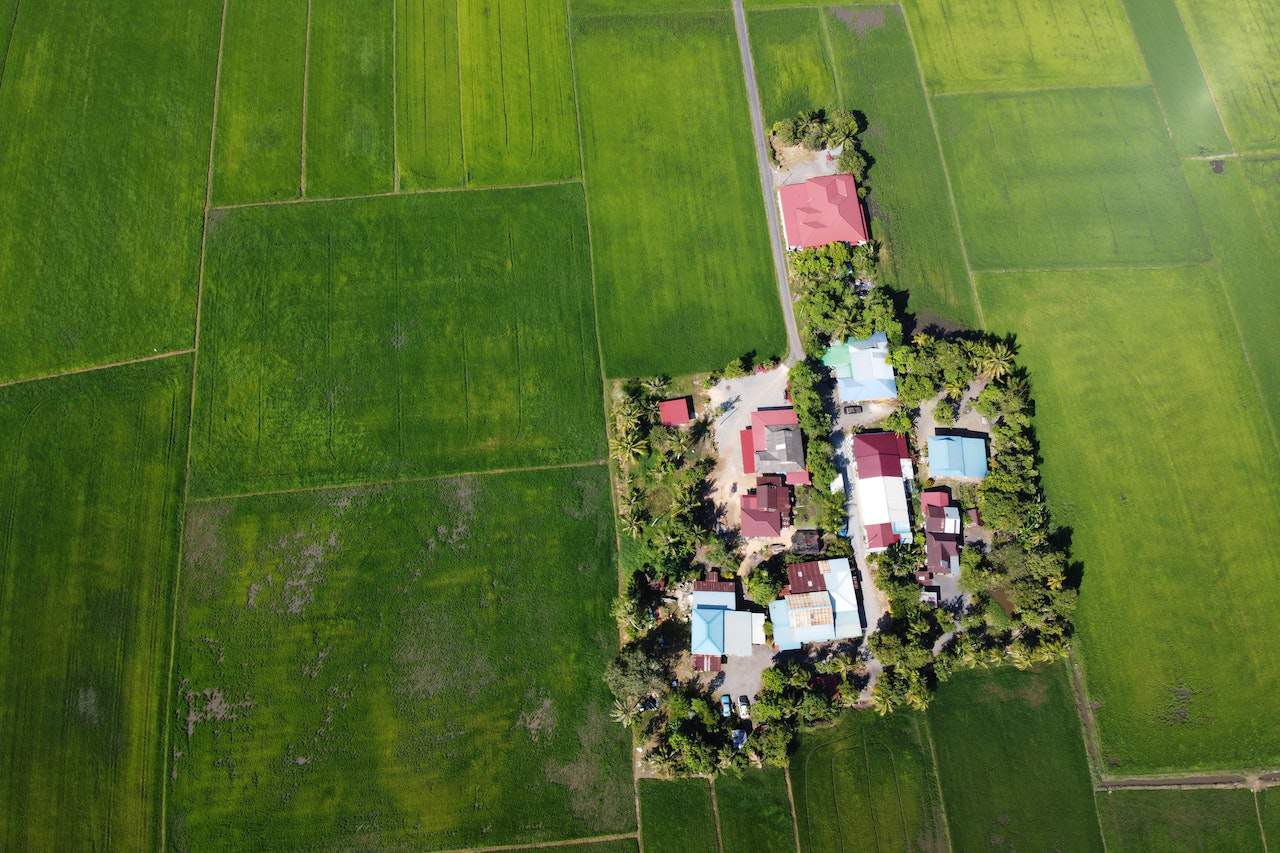Procedures for Capitalizing Land and Building Asset

Land and buildings are two of the most important physical assets for any organization. These assets must be capitalized in order to appropriately reflect the financial state of the company. In this article, we’re taking a closer look at all the steps necessary for capitalizing land and building asset.
Understanding Fixed Assets
Fixed assets are long-term tangible assets that a company owns and uses in its operations to generate income. Unlike liquid assets, these are not intended for resale and are expected to provide benefits to the company for more than one accounting period.
Fixed assets are usually categorized as either tangible or intangible assets. Intangible assets don’t have a physical presence, whereas tangible assets do. Correct categorization is important for accurate financial reporting and tax purposes.
Fixed Asset Capitalization
The technique of treating a long-term asset as a capital expenditure, with the cost of the item being spread out throughout its useful life, is known as fixed asset capitalization.
It is an important accounting concept that helps businesses to properly account for their long-term assets. They are also important to ensure that their financial statements accurately reflect their financial position.
Capitalization Procedures for Land
Land is a long-term asset that doesn’t depreciate. Unlike current assets like raw materials or finished products, when capitalizing a land asset, you need to record the property at its original cost.
The following are some examples of expenses that should be capitalized as part of the land account:
- The initial purchase price.
- Acquisition-related commissions.
- Legal fees associated with the transaction.
- Survey costs.
- The cost of exercising an option to purchase the acquired land.
- Cost of removing unwanted structures from the property, less any salvage proceeds.
- The institution assumed unpaid taxes (up to the date of acquisition).
- Cost of permanent improvements, such as landscaping, as well as improvements that will be maintained and replaced by other governments, such as street lights and sewerage.
- Cost of site preparation for its intended use, including excavation, grading, filling, draining, and clearing.
If the land is gained by forfeiture, you should capitalize the total value of all taxes, liens, and other claims surrendered, plus any additional expenditures incidental to establishing ownership.
The assumption of liens, mortgages, or encumbrances on the property automatically raises the purchase price and should, therefore, also be capitalized.
Land Improvements
Any expenditures for improvements with limited lives should be capitalized in a separate account from the land and left to depreciate over the course of their estimated useful lives. Examples of improvements include but are not limited to, site improvements such as landscaping that has a limited life such as shrubbery, flowers, and trees; retaining walls, parking lot, fencing, sidewalks, sculptures, and artwork.
Leasehold Improvements
Leasehold improvements refer to any enhancements made to leased property. The full amount of these costs should be capitalized if completing these modifications will cost the institution more than $50,000 overall.
You should first determine the useful life of the leasehold improvement. This is the estimated period over which the improvement is expected to provide benefits to the company. Then, determine the depreciation method to be used and the amount of annual depreciation to be charged to the income statement.
Capitalization Procedures for a Building Asset
A building is a fixed asset with a useful life that typically exceeds one year.
The comprehensive cost of a building encompasses all expenditures related to the purchasing or construction of a building and preparation for occupancy.
All building expenses exceeding $100,000 must be fully capitalized, whereas those under $100,000 may be deducted as an expense.
Capitalizing Purchased Building
If you’ve purchased a building, you should capitalize it at its original cost. The following expenditures should be capitalized as part of the cost of buildings:
- The building’s initial negotiated purchase price.
- The amount spent on repairs and upgrades to get the facility ready for its new function.
- The price of renovation-related building permits.
- The institution will be responsible for any outstanding taxes as of the acquisition date.
- Costs associated with the closing and legal proceedings.
Capitalizing a Constructed Building
If you’ve constructed a building, you should capitalize on the initial investment. Costs associated with constructing a structure include the following significant expenses:
- Expenses associated with erecting a brand-new structure.
- The price tag for digging holes in the ground before building.
- The sum spent on building plans, blueprints, specifications, and estimates.
- Permit fees for construction.
- The cost of designing and building something.
- Interior and exterior upgrades that are essential to its development including parking lots, wiring, and landscaping.
The fair market value of a building should be documented on the date of acquisition, even if the building was obtained through a donation or with the intention to donate, for example for one dollar. However, the expense of the evaluation itself should not be accounted for in the capital budget.
The cost of removable fixtures should be differentiated from the cost of the structure and capitalized or expensed in the relevant accounts. This stands even if obtained as part of the acquisition or the construction project.
Any existing structures on the property are priced as part of the land acquisition cost rather than the construction cost when determining the overall project cost.
Building Additions
Since they raise the building’s capacity for service, additions are significant capital outlays by nature. The cost of additions over $50,000 should be capitalized. Even though they have the features of capitalized expenditures, additions that cost less than $50,000 should be classified as repairs and maintenance.
Building Improvements
A new component of an asset is substituted for an old component as part of an improvement. The substitution is referred to as a replacement if the new component of the asset shares characteristics with the component that is being deleted.
The substitution is referred to as betterment if the new component is of higher quality than the component that is being replaced. If the price is $50,000 or more, both replacements and improvements are subject to capitalization.
If the original component of an existing building can be identified independently, that will establish the appropriate accounting treatment. The new expense should be used to replace the portion of the book value that is being replaced or improved if independent identification is available.
Final Thoughts
Capitalizing land and building asset can have a significant impact on a business’s financial statements and overall financial position. You may make sure that your assets are appropriately recorded and depreciated over their useful lifetimes by adhering to the right procedures and regulations.
Looking for Vacant Land?
Discount Lots has affordable land for sale across the country.
SEARCH FOR LAND
Ready to find a piece of land to call your own? Use our interactive map to search available properties!

